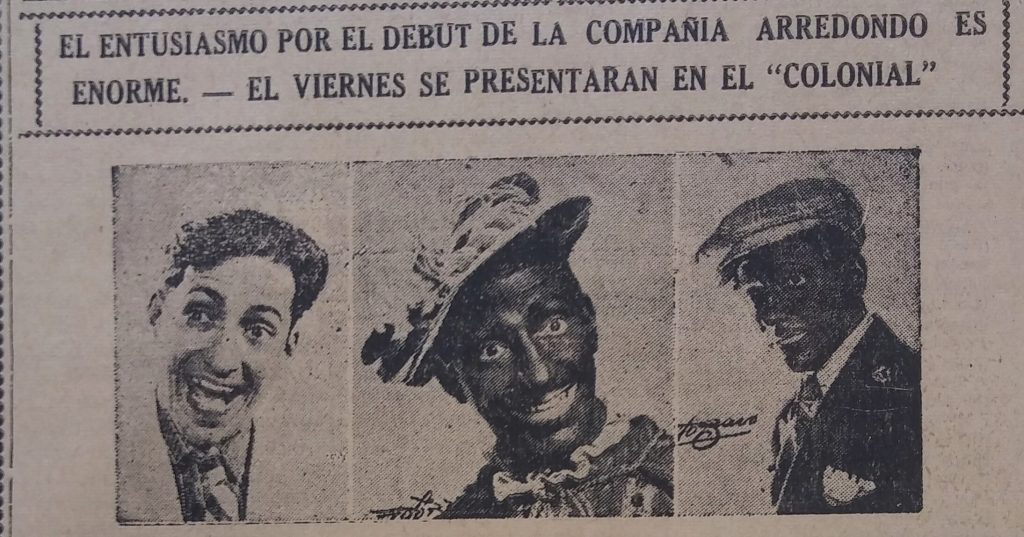home » social representations
Articles about "social representations"
Temáticas
Vol 8 No 16 (2025)

Companies of Negritos. Representations of "lo negro" in the theatrical scene of Mérida during the first decades of the 20th century.
- Luisangel García Yeladaqui
The purpose of this article is to identify the social representations of "the black" that were present in the theatrical scene of Mérida, Yucatán, during the first decades of the twentieth century, and to identify the social representations that were present in the theatrical scene of Mérida, Yucatán, during the first decades of the twentieth century. xxThe role of the black man, the black professor or the mulatto woman was incarnated in actors and actresses playing the role of the negrito, the black professor or the mulatto woman. Likewise, these representations transcended the theater to also appear in stories of popular characters, carnivals and advertising. For these purposes, one of the main means of communication of the time was consulted: the newspaper. Through the search, compilation and analysis of these newspaper sources, we found images that circulated in different cultural spaces of the city, so the analysis of visual sources was fundamental.
Temáticas
Vol 5 No 10 (2022)
Living in and Circulating in Mexico City: Social Representations of Female University Students
- Lorena Umaña Reyes
Keywords: inhabiting, mobility, women, social representations.
This article presents the results of a qualitative investigation carried out during 2016 and 2017 on 72 young, middle-class women from three public universities in Mexico City. The aim of the study was to know their practices and social representations in their experience of living and circulating in the public interconnection spaces of the city. For this, the starting point is the question of how they represent two of the physical public interconnection spaces they use: The streets they travel along to go to their universities and public transport. But also, the public spaces they travel to: Universities, museums and parks. What is their spatial experience like when moving around in the city? The results display the conditions of insecurity and violence faced by these women in their daily lives and their representations of a city that stalks and neglects them, the city that naturalizes harassment, the city that is unequal for women when it comes to their ways of transportation in, and the representation of, these spaces.






